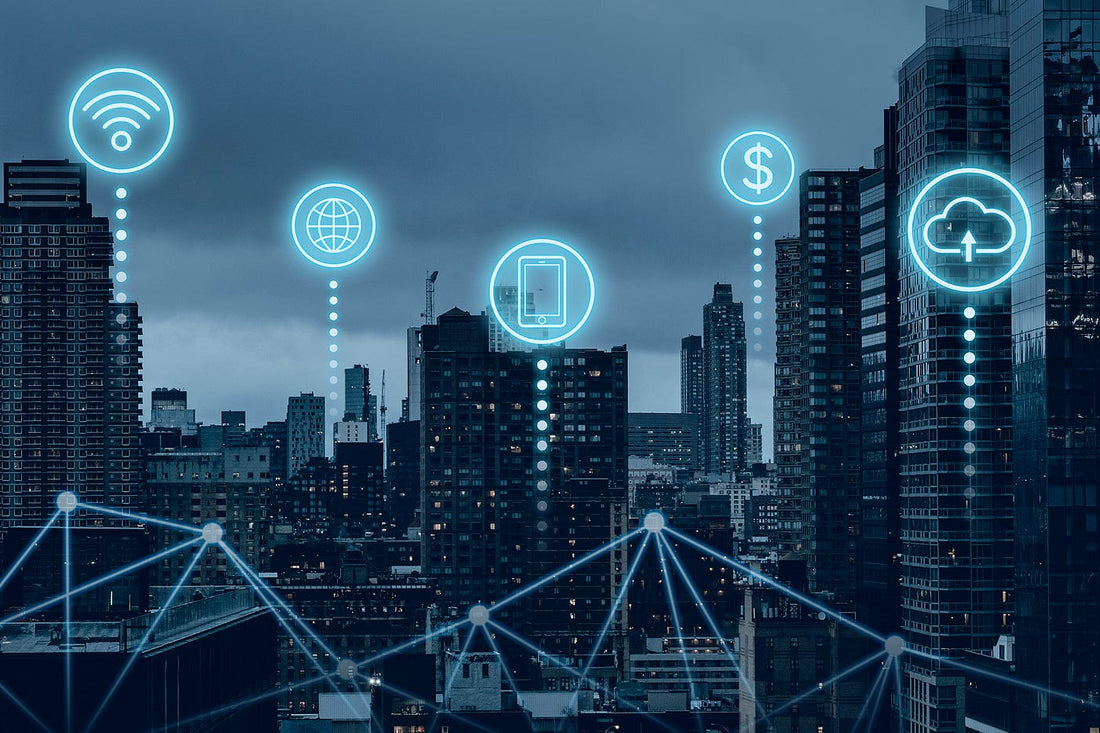
What Are Smart Sensors and Why Are They Reshaping Our World in 2030?
Share
According to the report by Next Move Strategy Consulting, the global Smart Sensors Market size is predicted to reach USD 150.1 billion by 2030 with a CAGR of 18.2% from 2024-2030.
Smart sensors are no longer just part of industrial automation or wearable gadgets—they are becoming a vital component of how we monitor, respond to, and interact with physical environments. By combining sensing capabilities with edge computing and connectivity, smart sensors can detect changes in real time, transmit actionable insights, and even trigger automatic responses without human intervention.
From revolutionizing sustainable agriculture to enhancing public safety and monitoring infrastructure health, the applications of smart sensors in 2025 are both impactful and expanding.
Click Your Free Sample Here: https://www.nextmsc.com/smart-sensors-market/request-sample
How Are Smart Sensors Advancing the Future of Farming?
Primary Keyword: Smart Sensors in Agriculture
According to Microsoft News, in 2025, smart agriculture is being driven by the integration of smart sensor and artificial intelligence (AI), especially in educational and field settings. One notable example is the collaboration between Microsoft and the National FFA Organization, where students use smart sensors to analyse environmental data and understand precision farming.
Key Facts:
- Smart sensors deployed in greenhouses track variables like soil moisture, humidity, and CO₂ levels, allowing students and educators to model real-life farming conditions and optimize plant health.
- These devices are often paired with AI models and machine learning, enabling predictive analysis for irrigation, fertilizer needs, and crop stress signals.
- By using Azure-based platforms, students can visualize live data streams, fostering awareness of sustainable practices and real-time decision-making.
Summary:
Smart sensors are transforming farming into a data-rich, insight-driven activity by combining real-time monitoring with (AI) artificial intelligence modelling.
Smart sensors in education support next-gen farmers
They make farming more sustainable and efficient
Environmental awareness is integrated into learning platforms
Can Smart Sensors Make Cities Safer in Real Time?
Primary Keyword: Smart Sensors for Public Safety
According to Financial Express, Urban security is becoming increasingly dependent on intelligent technologies. In Delhi, India, law enforcement is turning to smart sensors and AI-enabled cameras to combat gun-related violence in real time.
Key Developments:
- Delhi Police is set to deploy acoustic sensors and AI-enabled surveillance across crime-prone areas to detect gunshots instantly.
- The system can differentiate between firecracker sounds and real gunfire, reducing false alarms.
- Integrated with GPS mapping, the technology alerts the nearest police unit and starts video recording seconds after detecting the sound.
Summary:
Smart sensors are redefining public safety through real-time threat detection and automated response.
Acoustic smart sensors respond to real-world threats instantly
Law enforcement gains precision and speed
Reduces false positives and improves urban security
How Are Smart Sensors Reinventing Infrastructure Monitoring?
Primary Keyword: Smart Sensors for Infrastructure
According to Tech Funding News, Traditional infrastructure monitoring has long relied on manual inspection and reactive maintenance. In 2025, UK-based company Lightsonic is changing this by embedding AI-driven smart sensors into fibre-optic cables.
Notable Innovations:
- Lightsonic received €3.3 million in seed funding to transform fibre-optic networks into smart sensors for monitoring critical infrastructure like roads, bridges, and tunnels.
- These sensors detect vibrations, temperature shifts, and structural anomalies, offering preventive insights before failures occur.
- The technology leverages edge AI to process data locally, ensuring minimal latency in alerting systems.
Summary:
Smart sensors embedded in fibre optics are enabling real-time, cost-efficient infrastructure health monitoring.
Enhances safety with continuous data
Reduces costs through predictive insights
Boosts resilience of essential systems
Why Are Smart Sensors Essential in 2025 and beyond?
Smart sensors are no longer a "nice-to-have" component—they are the backbone of responsive, data-driven systems across diverse sectors. Their ability to sense, process, and act bridges the gap between the physical and digital worlds, making them crucial to everything from sustainable agriculture to secure cities and resilient infrastructure.
Conclusive Bullet Points:
- Agriculture: Enhances sustainability and decision-making through environmental data tracking.
- Public Safety: Enables faster threat detection and accurate response in urban settings.
- Infrastructure: Prevents structural failures through continuous, AI-based monitoring.
Next Steps: What Should Stakeholders Focus on Now?
- Integrate Smart Sensors Early: Governments, educators, and industry leaders should embed smart sensors into both pilot and full-scale projects to maximize insights and reduce risks.
- Promote Cross-Sector Collaboration: Initiatives like Microsoft–FFA highlight the benefits of shared learning and partnerships between tech firms and educational or governmental bodies.
- Invest in Edge AI Capabilities: To reduce data overload and latency, organizations should adopt smart sensors with built-in AI processing.
- Develop Policy Frameworks: Clear regulations on data privacy, interoperability, and security standards will help scale smart sensor adoption.
- Educate the Next Generation: Programs that teach youth how to leverage smart sensors will ensure sustainable and ethical use of these technologies.